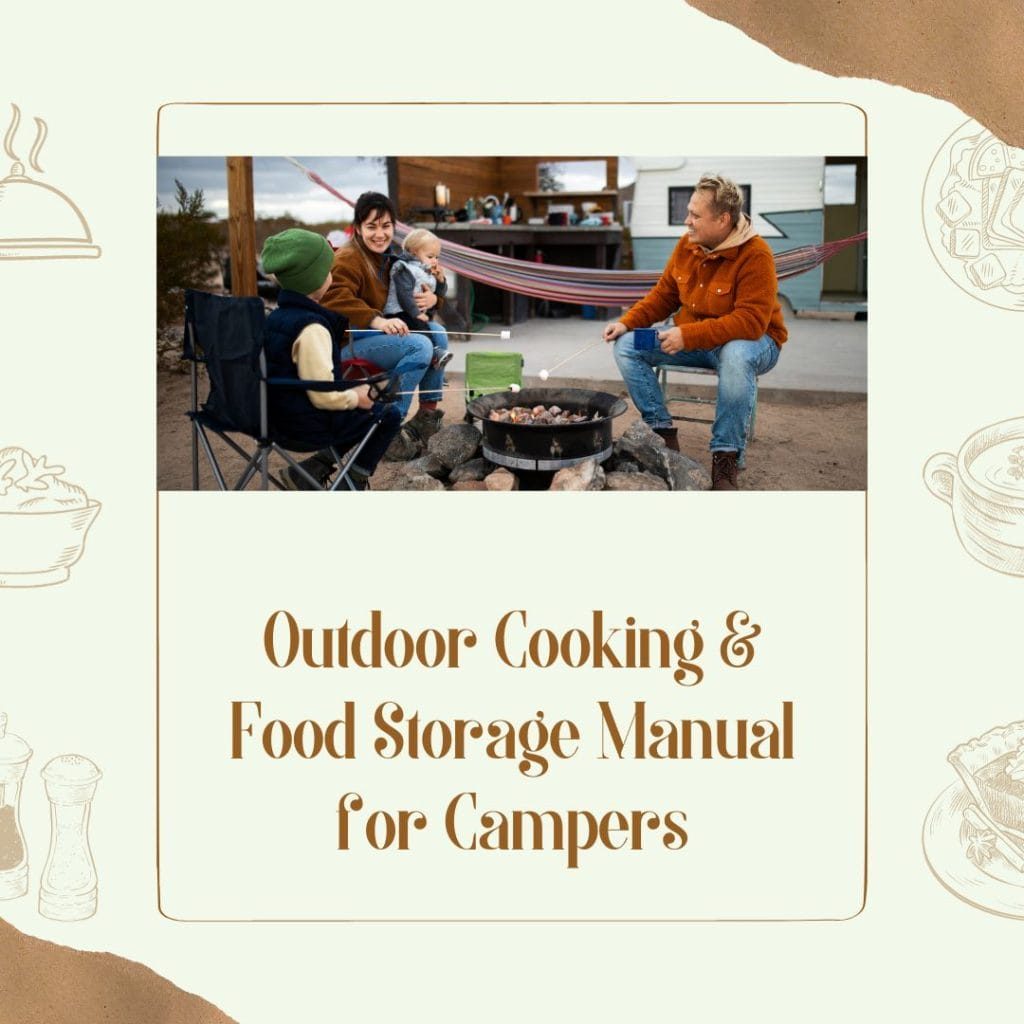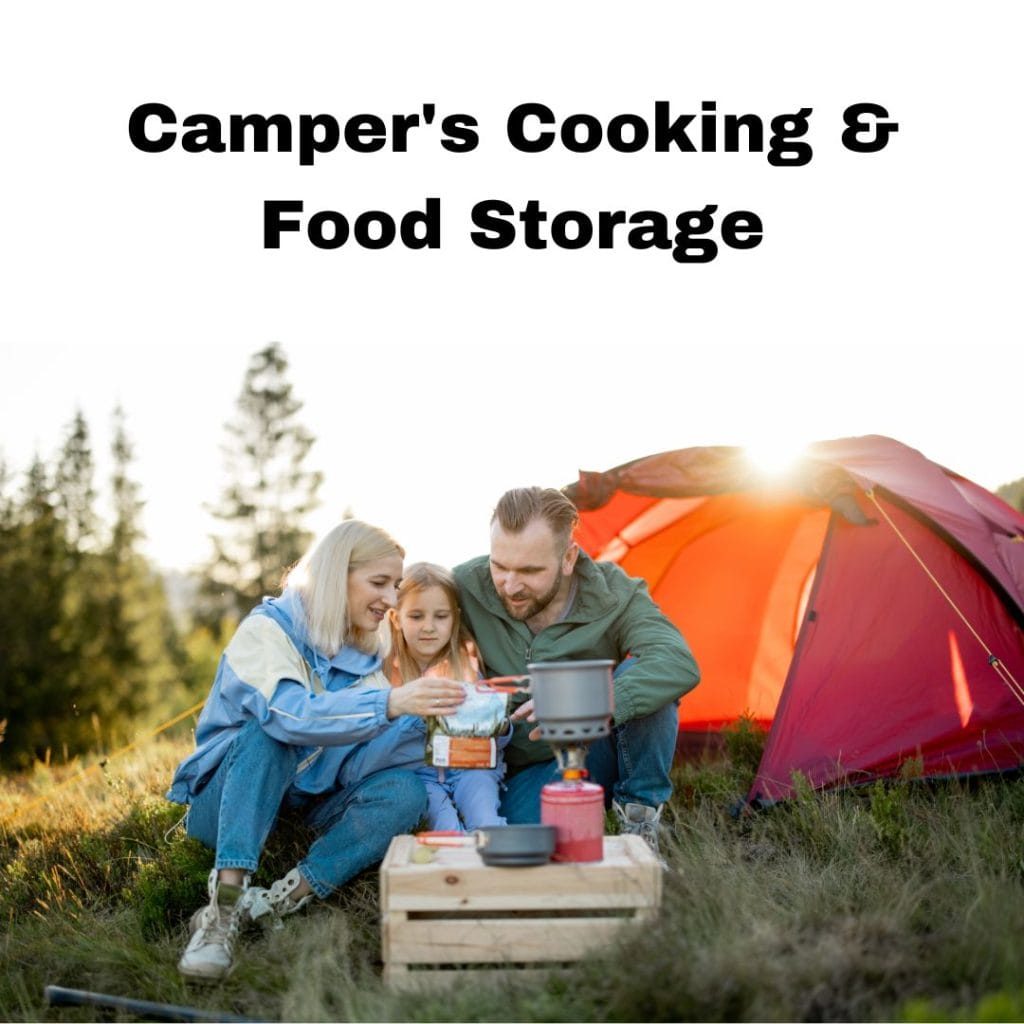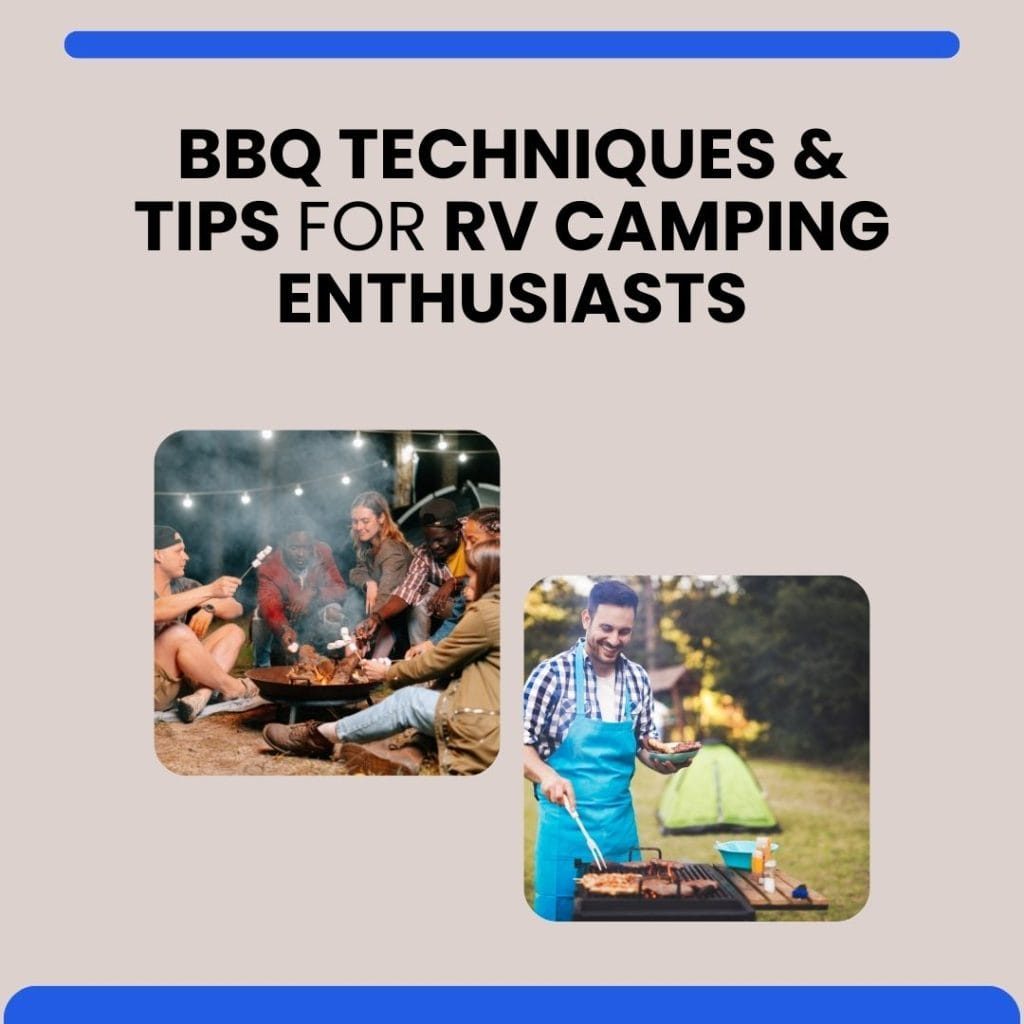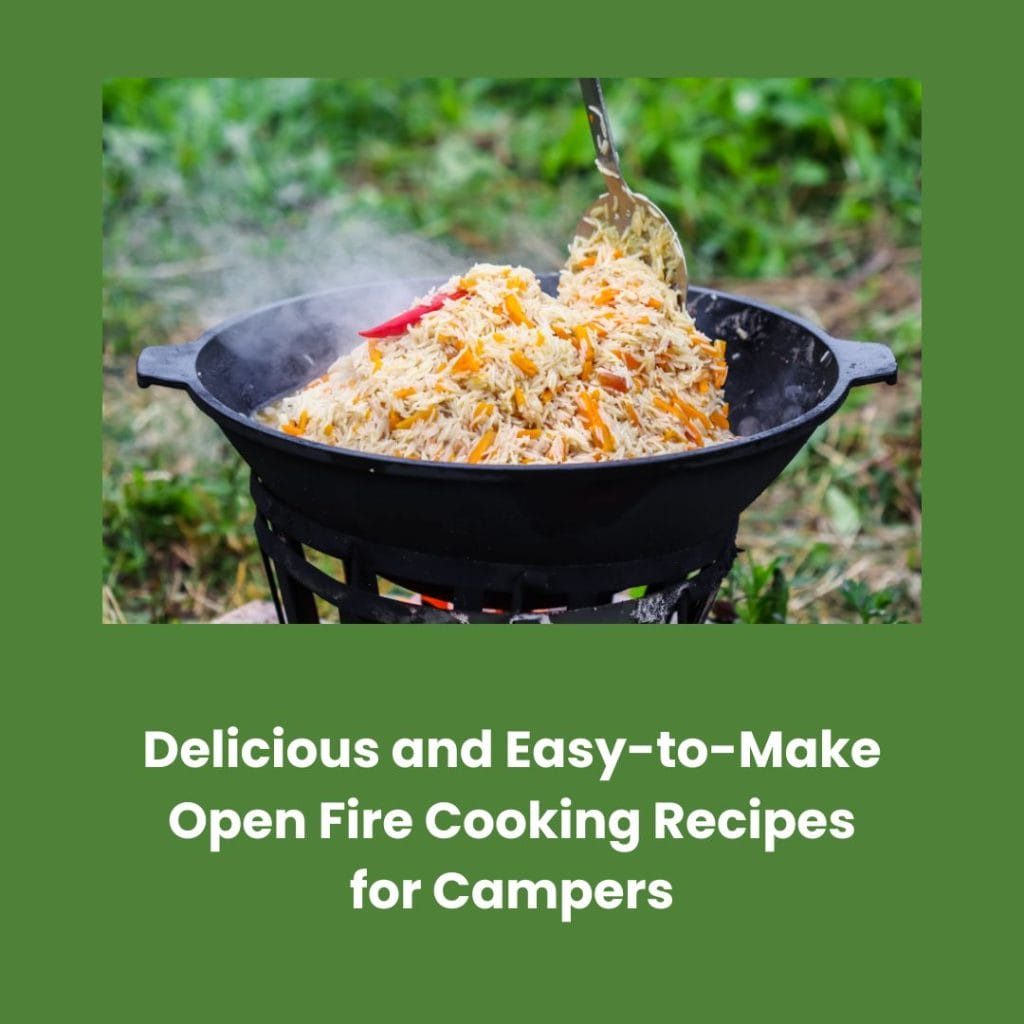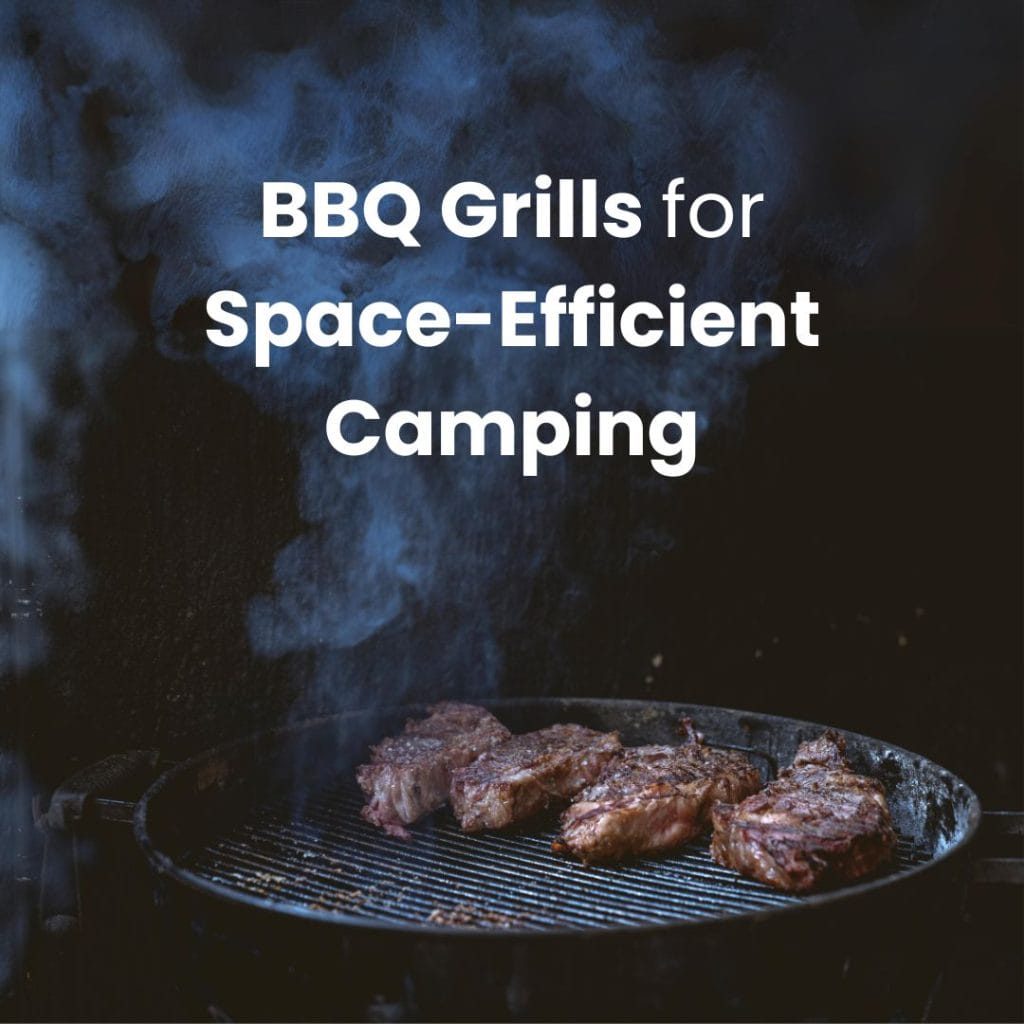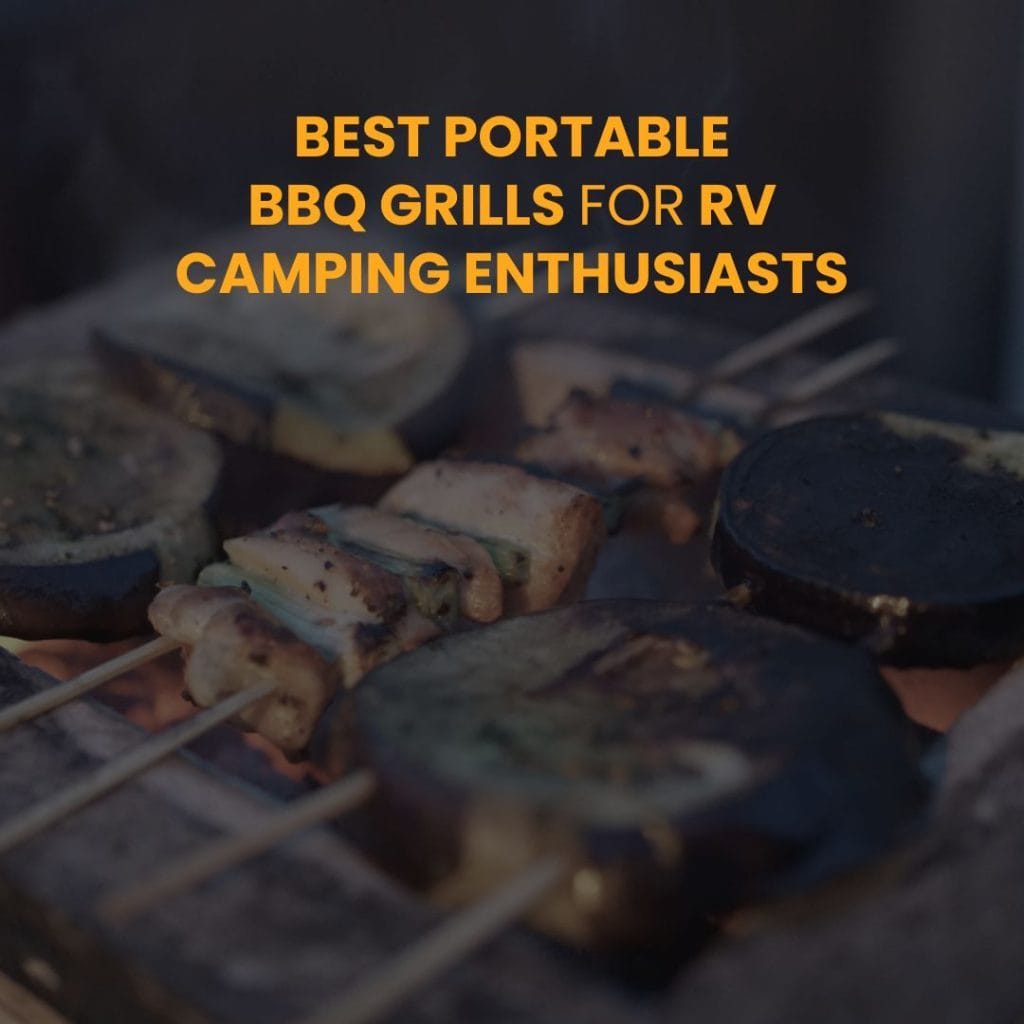Camping in the wild can be an exhilarating experience; however, ensuring safety, particularly when it comes to cooking, is paramount. This guide will help you understand the essential safe cooking practices in the wild. By adhering to these practices, you can enjoy your outdoor culinary adventures while minimizing risks associated with food handling and cooking in a wilderness setting.
Essential Safe Cooking Practices for Camping in the Wild
Outdoor pursuits such as hiking, camping, and boating offer excellent opportunities to elevate your spirits, breathe in crisp, fresh air, and engage in some enjoyable physical exercise. Often, these activities extend throughout the day and entail the preparation of one or more meals. However, improper food handling during these excursions could result in undesirable foodborne illnesses, thus transforming what should be a fun experience into an unpleasant memory.
General Rules for Outdoor Food Safety
Decide in advance what meals you will prepare during your outdoor activities. This allows you to plan the necessary equipment and ingredients you will need. Ensure you have equipment for safe food handling and preparation. This may include a portable grill, cooking utensils, and containers for storing food.
Pack Safely:
- In order to keep your food safe and cold, use a cooler, or freeze your food items and pack them with a cold source.
- Avoid bringing perishable meat or poultry without a cold source to maintain their freshness and safety.
Hygiene Practices:
- Keep your hands clean! Use soap and water or an alcohol-based (at least 60%) hand sanitizer before and after contacting food.
- Bring disposable wipes, hand sanitizer, or biodegradable soap to ensure your hand and dishwashing needs are catered for.
Avoid Cross-contamination:
- To prevent the spread of bacteria, always keep raw foods separate from other ingredients.
- Any leftovers are safe to consume only if your cooler still has ice in it. Discard all leftover food if there’s no ice left in the cooler.
By following these practical steps, you will guarantee safe cooking practices in the wild, ensuring an enjoyable outdoor experience.
Food Safety While Hiking & Camping
As you embark on your adventure to soak up the wonders of the natural world, your food planning should correlate with the duration of your trip. A brief hike may only call for a single meal and a few snacks. However, planning meals for an extended hiking trip or camping adventure requires deeper consideration.
The weight of your backpack is a key concern for most hikers and campers. The goal is to select foods and materials that are not overly burdensome to carry across great distances. Yet, even seasoned outdoors enthusiasts can overlook the crucial aspect of food safety in their preparations.
Remember, safe cooking practices in the wild are just as important as packing light. Therefore, the balance between carrying weight and food safety should be a priority in your outdoor adventure planning process.
Hot or Cold?
When packing food for outdoor excursions, always remember the first principle of food safety: keep items either hot or cold. Since maintaining hot temperatures without a heat source can be challenging outdoors, it’s typically preferable to transport chilled foods. Chill or freeze your food items overnight before you set off on your camping adventure. You can use frozen gel-packs or freeze some boxed drinks as a cold source, which will thaw as you hike, keeping your food chilled simultaneously.
Deciding what to bring on a day hike? There’s a wide range of choices as long as you can fit it in your backpack and keep it cold. Options can include sandwiches, fried chicken, bread and cheese, salads, or even non-perishable foods. Remember, the “Danger Zone” for most bacteria growth is between 40 °F and 140 °F. Bacteria can multiply to dangerous levels after 2 hours in this temperature range, or after 1 hour if the temperature is 90 °F or above. Your primary aim should be to keep food away from this danger zone.
If you’re car camping, you’ll have the luxury of packing a cooler, offering more options for food storage. Foam chests are an affordable, lightweight choice with good cold retention, though they might not endure multiple trips. On the other hand, coolers made of plastic, fiberglass, or steel are more durable and can withstand the rigors of outdoor use. They also have excellent cold retention but can weigh between 30 or 40 pounds when full.
For keeping your food cold, you’ll need a reliable cold source. An ice block is preferable over ice cubes as it keeps food cold for a longer duration. Before you leave, consider freezing clean, empty milk cartons filled with water to create ice blocks, or use frozen gel-packs.
When packing your cooler, fill it with cold or frozen foods, ensuring the first foods packed will be the last ones used. If possible, pack raw meat or poultry in a separate cooler. If you only have one cooler, pack raw items below ready-to-eat foods to prevent cross-contamination. Bring only the smallest quantities needed. Once at the campsite, insulate the cooler with a blanket or tarp, or keep it in a shaded area. At the end of the camping trip, discard all perishable food items if there is no longer ice in the cooler or if the gel-pack is no longer frozen.
Keep Everything Clean
In the wild, cleanliness is second only to safe food storage in ensuring your meals are safe to consume. Cross-contamination, the transfer of harmful bacteria from raw food items to other edibles, is a common culprit behind foodborne illnesses.
Raw meat and poultry products can harbor bacteria that can easily transfer to other foods via dripping juices, unclean hands, or shared utensils. To mitigate this, transport raw meats and poultry in double-wrapped packages or sealed plastic bags. This simple measure can prevent the juices of these raw products from contaminating other foods in your kit.
Hand hygiene is another critical factor in preventing cross-contamination. Always remember to wash your hands both before and after handling food. If running water is not accessible at your outdoor location, ensure you carry it along. Alternatively, carry a hand sanitizer with at least 60% alcohol content. Disposable, alcohol-based wipes are also a viable option for quick sanitization.
Careful selection and usage of cooking utensils is also crucial. Avoid using the same plate or utensils for both raw and cooked meats or poultry. By adhering to these practices, you can ensure a clean cooking process, significantly reducing the risk of foodborne illnesses during your outdoor adventure.
Safe Potable Water
Relying on freshwater sources such as lakes or streams for drinking, food preparation, or cleaning is not recommended, irrespective of how pure they seem. Instead, it’s advisable to bring along bottled or tap water for these purposes. Starting your journey with a fully filled water bottle and refilling from verified public systems when you can is a good practice.
What Foods to Bring?
If you’re planning to backpack for more than a day, food safety considerations become somewhat more complex. While cold foods can still be packed for the first day, you’ll need to plan for shelf-stable items for subsequent days. Here are some suitable options:
- Pre-packaged, shelf-stable meals: These are convenient and require little to no preparation.
- Peanut butter in plastic jars: An excellent source of protein that is both shelf-stable and lightweight.
- Concentrated juice boxes: These provide hydration and essential vitamins.
- Canned protein sources: Tuna, ham, chicken, and beef can be packed for protein, but remember to account for the added weight.
- Dried noodles and soups: These are lightweight, easy to pack, and quick to prepare with just hot water.
- Beef jerky and other shelf-stable meats: These are good sources of protein and don’t require refrigeration.
- Dehydrated foods: Fruits, vegetables, and meats can be dehydrated for lightweight, nutrient-dense meals.
- Whole or dried fruits: These are rich in fiber and vitamins and are easy to carry.
- Nuts: These provide healthy fats and protein and are incredibly durable and long-lasting.
- Powdered milk and fruit drinks: These are an excellent source of calcium and vitamins and can be mixed with water when needed.
Powdered mixes for biscuits, pancakes, pasta, and sauce are lightweight, easy to prepare, and satisfying. Remember to check the prerequisite ingredient list and carry them in plastic bags, taking only as much as you’ll need.
Cooking at the Campsite
Once your camping menu is ready, strategizing the cooking process is the logical next step. Aim to minimize the number of pots you bring along, as they tend to be hefty. Many camping supply stores offer lightweight cooking equipment designed to nest together for easy transport. Alternatively, consider using aluminum foil wrap and pans for cooking, which are lightweight and disposable.
Deciding your cooking method beforehand is another key factor. Are you planning to use a portable stove or will you lean towards the traditional campfire? It’s important to note that many camping areas impose restrictions on open fires. Therefore, confirm the rules of your chosen campsite prior to your trip.
Lastly, ensure all the food you pack can be properly prepared within the constraints of your chosen cooking method. This will help guarantee that everything brought along is both safe to eat and enjoyable.
Use a Food Thermometer
In the camping environment, a food thermometer is an essential tool to ensure the food safety. When cooking meat or poultry on a portable stove or over a fire, the color of the food is not a reliable indicator of its doneness, especially in a dimly lit, wooded area. So, a food thermometer plays a crucial role in confirming when the food is thoroughly cooked and safe to consume.
Choosing the Right Thermometer
There are various types of food thermometers available, but the most common ones are digital and dial thermometers. Digital thermometers can accurately measure the temperature at the very tip of the probe, making them ideal for both thin and thicker foods. Dial thermometers, on the other hand, calculate the average temperature along the stem, requiring an insertion of 2 to 2 ½ inches into the food. For thin foods, the probe should be inserted sideways.
It’s particularly necessary to use a food thermometer when cooking hamburgers. Ground beef can potentially be contaminated with E. coli, a dangerous strain of bacteria. Even when ground beef patties are cooked until there’s no visible pink, illnesses have occurred. To ensure the safety of your food, use a food thermometer and cook the patty until it reaches 160 °F. This is the only way to guarantee that ground beef patties are safely cooked.
Safe Minimum Internal Temperatures for Cooking Meat and Poultry
- Beef, Pork, Lamb and Veal (Steaks, Chops, and Roasts): Cook to a minimum internal temperature of 145 °F, as determined by a food thermometer. Allow for a resting period of at least three minutes before slicing or eating.
- Ground Meat (Beef, Pork, Lamb, Veal): Ensure an internal temperature of 160 °F as measured by a food thermometer.
- Poultry (Whole, Pieces, and Ground): Cook to a safe minimum internal temperature of 165 °F, as measured with a food thermometer.
- Hot Dogs and Leftovers: Heat hot dogs until they are steaming hot, and reheat any leftovers to an internal temperature of 165 °F as indicated by a food thermometer.
- Cleaning the Thermometer: Ensure to clean the thermometer properly between each use to prevent cross-contamination.
Separate and Cleanup
Always remember to bring an ample supply of clean platters and utensils for your camping trip. Avoid using the same dishes and tools for both raw and cooked foods, as this could lead to cross-contamination. Bacteria from the raw food or its juices can easily spread to the cooked food, posing a health risk. If you’re utilizing a cooler, ensure it still has ice before stowing away leftovers – this is the only way to guarantee their safety. Make certain to quickly cool down any remaining food, or if that’s not possible, dispose of it. It’s crucial to verify whether your campsite provides clean water. If it doesn’t, consider carrying your own clean water for cooking, washing hands, and cleaning utensils. Alternatively, you can use sanitizers with at least 60% alcohol content to maintain cleanliness and hygiene.
Conclusion
In conclusion, observing safe cooking practices in the wild ensures not only our health but also enhances our overall camping experience. By being cautious and thorough in preparation, cooking, and clean-up, we can avoid food-related hazards. Remember, a successful camping trip is not just about the location or the activities, but also the enjoyment of a safely prepared meal in the great outdoors. Thus, by embracing these practices, you can ensure an unforgettable and worry-free camping journey.

